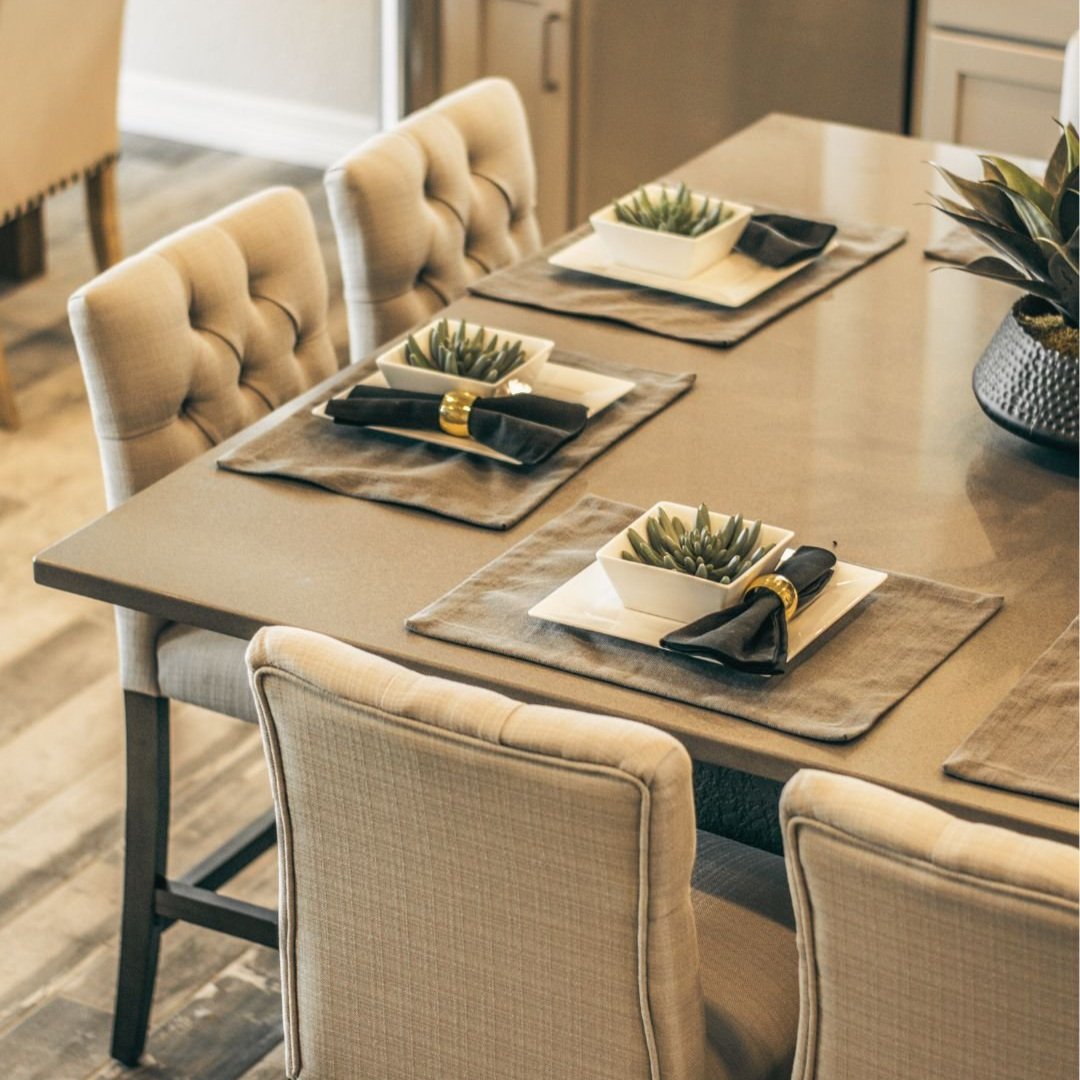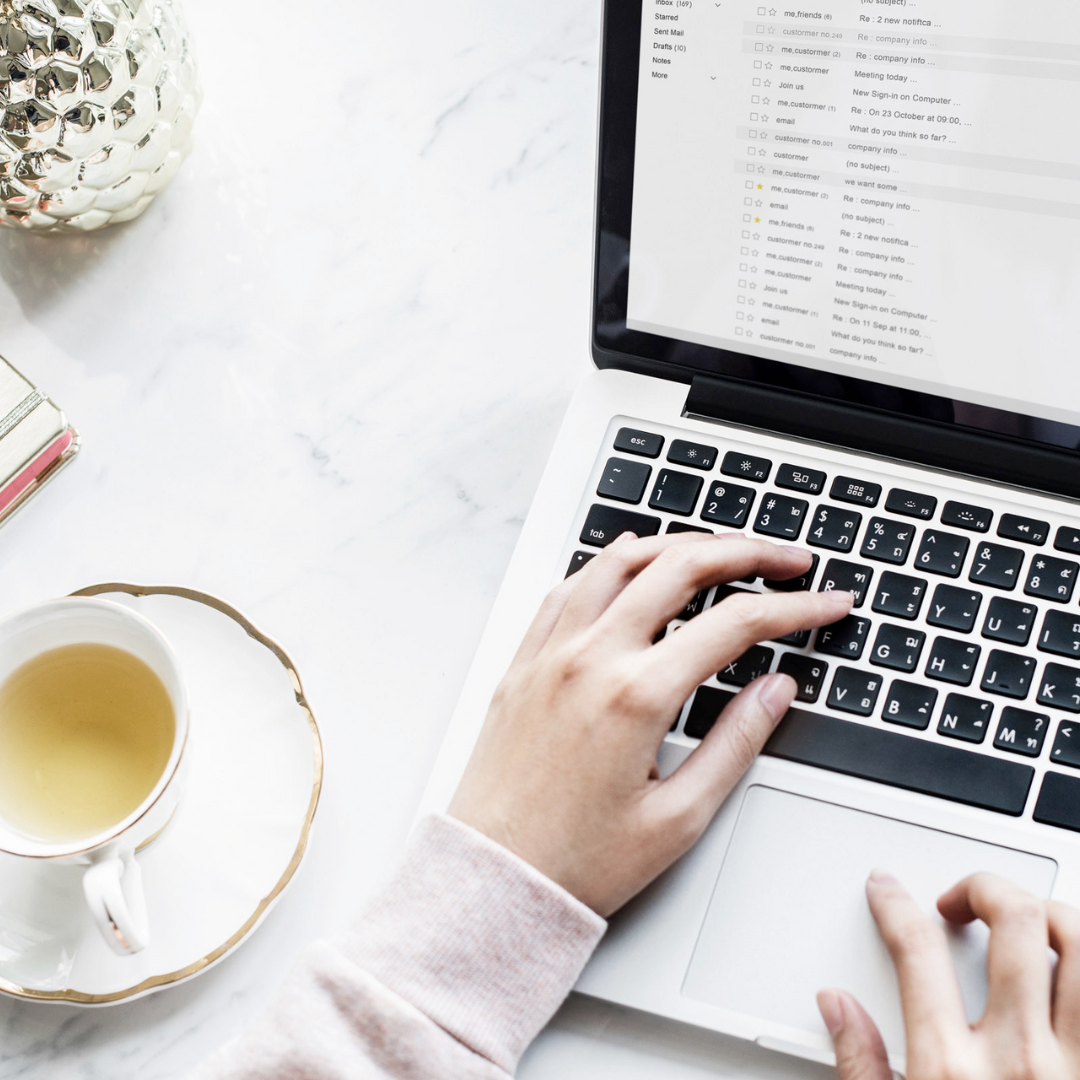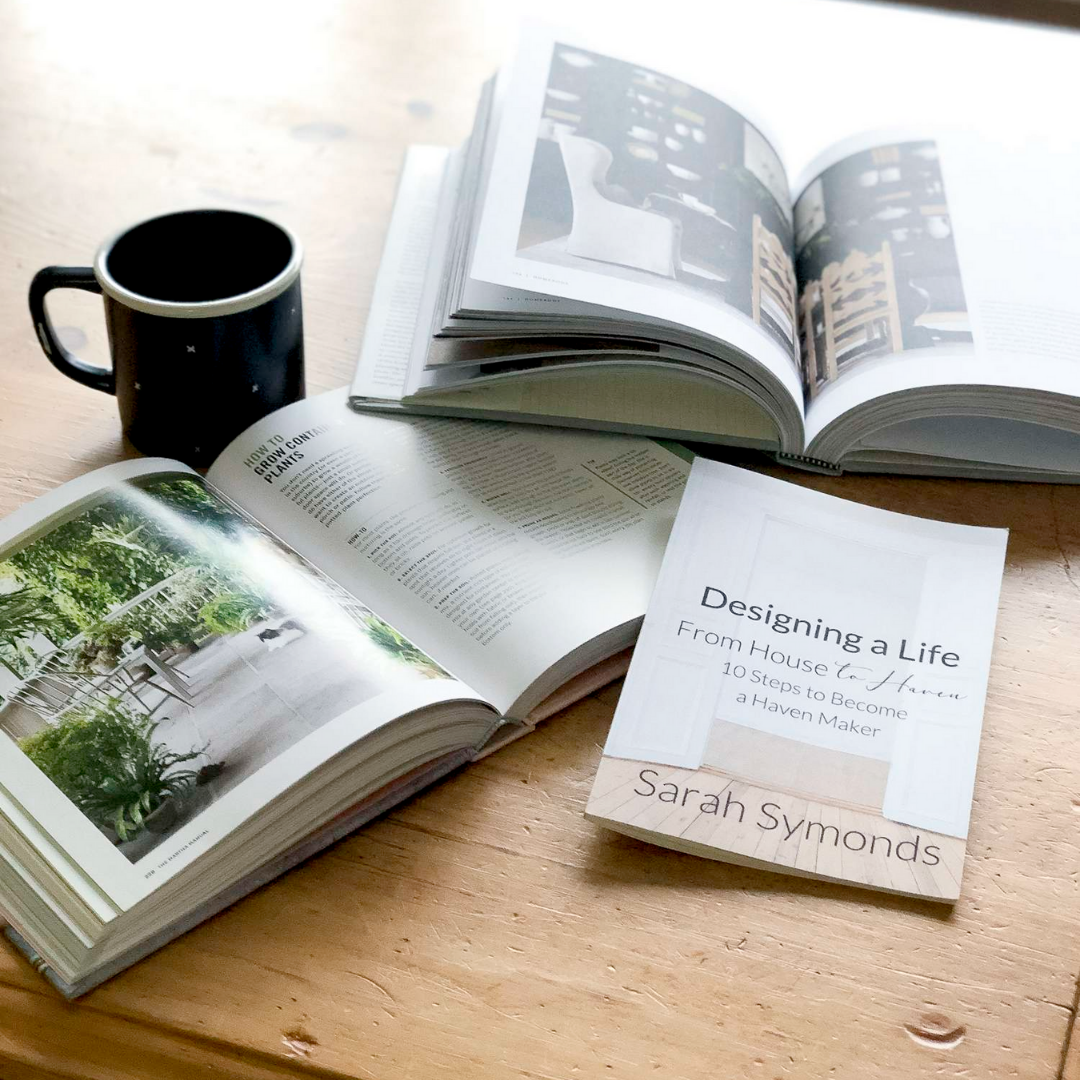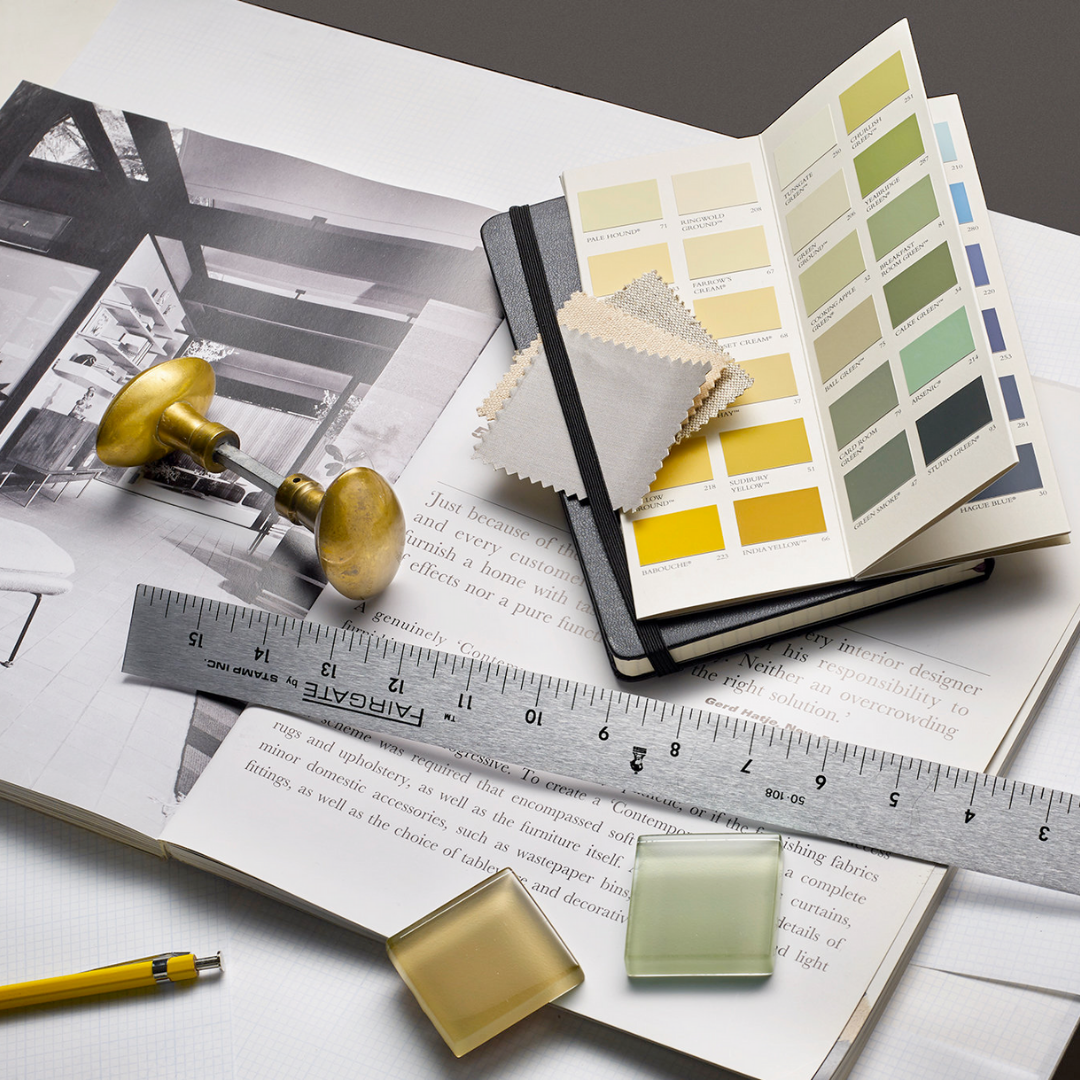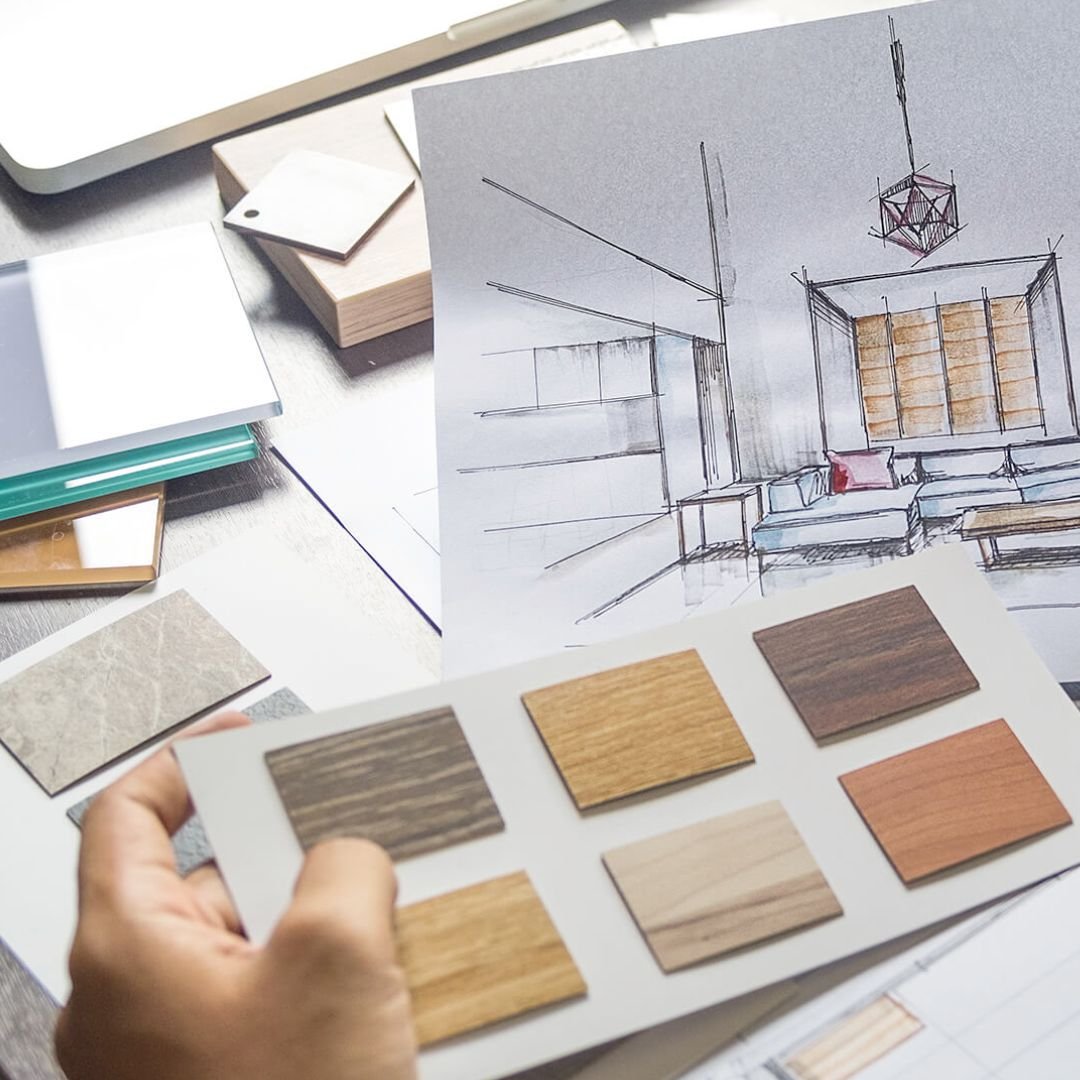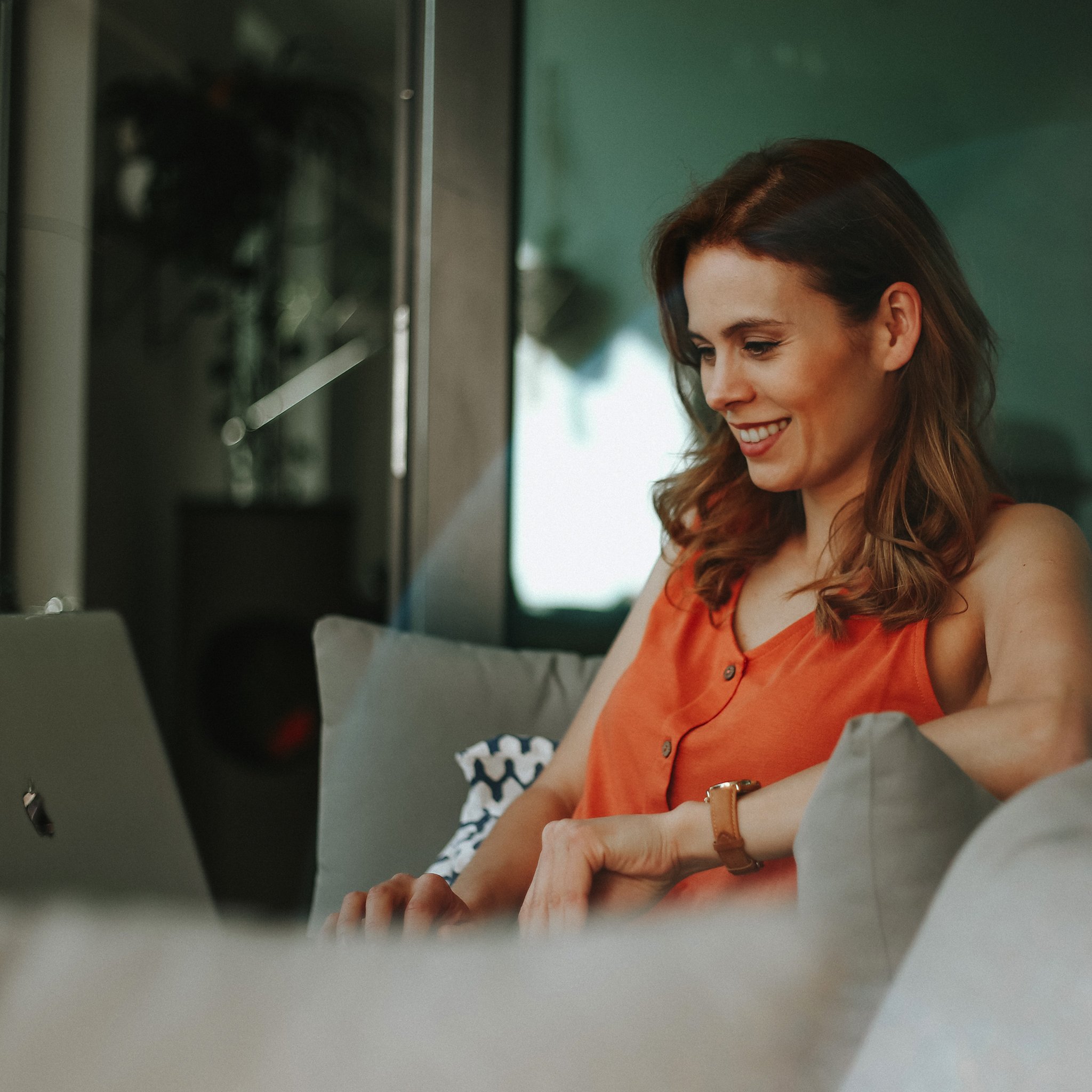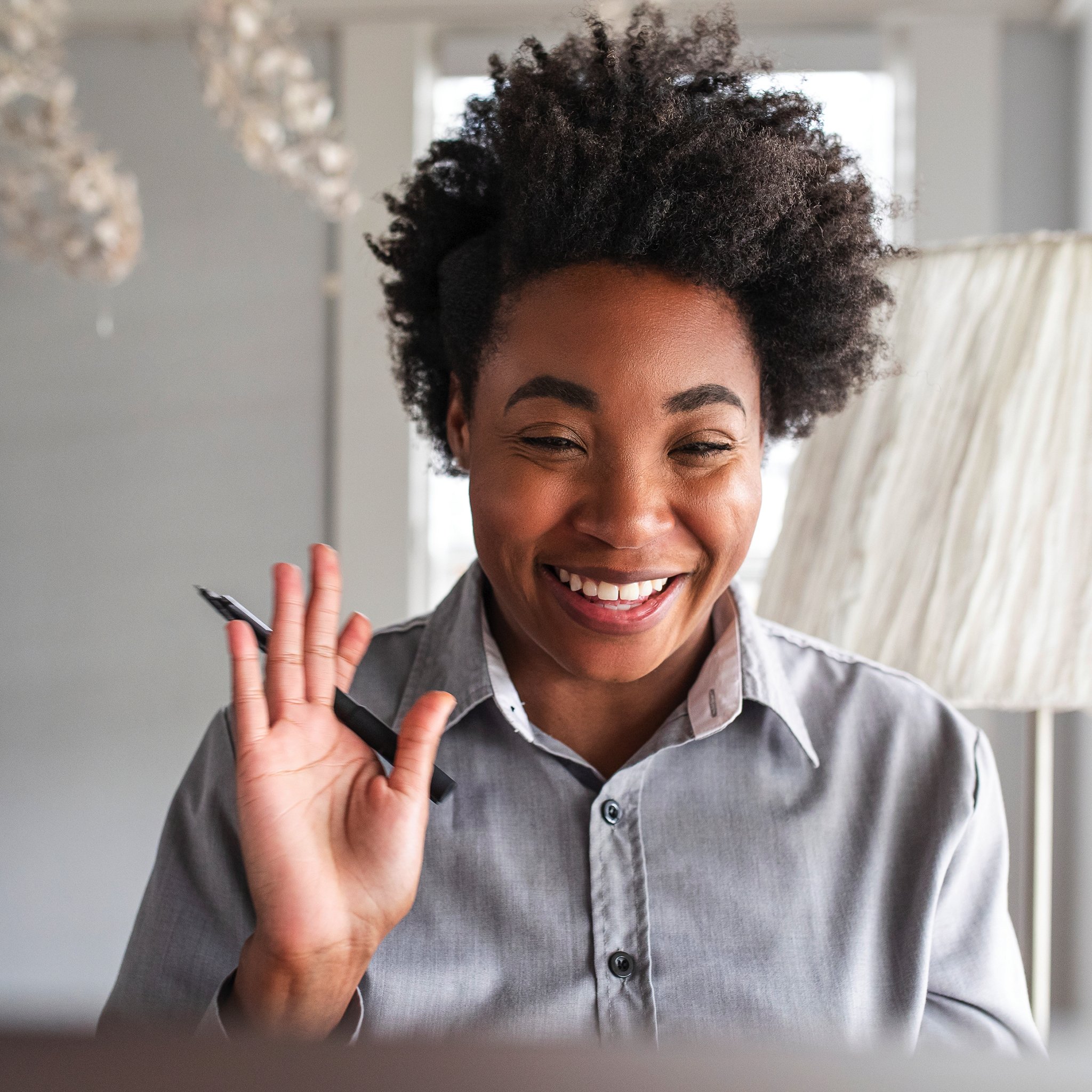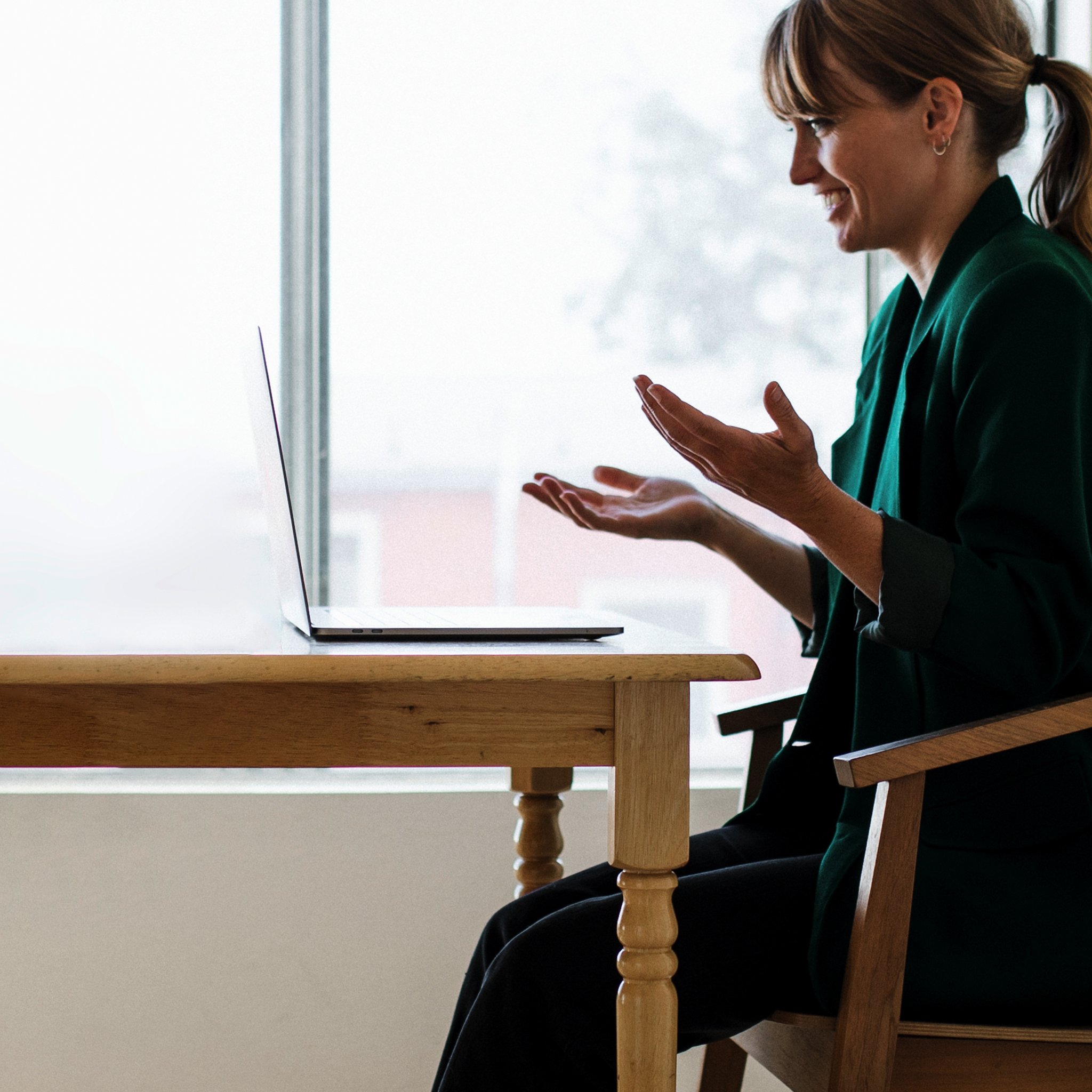Your time is precious, and making a name for yourself in the interior design industry seems to demand more of it every day. You got into design because of your passion for creating beautiful spaces, not to spend your time writing blog posts or crafting web copy. If you're considering delegating some of those tasks, like blogging or copywriting, to a Virtual Design Assistant (VDA), you're on the right track! But how do you get the most out of this partnership and still see results that reflect your brand?
As part of our “Best Practices” series, here are some tried-and-true tips for smoothly transitioning your content creation needs to a VDA while keeping your brand’s voice front and center.
1. Define Your Content Goals Clearly
Before offloading any writing tasks, set clear goals for your content. Are you looking to establish yourself as an expert in a niche, drive more traffic to your site, or engage potential clients? Knowing the specific purpose behind your content will help your VDA craft blog posts or marketing copy that aligns with your business objectives.
If part of your strategy includes improving search engine visibility, share that goal with your VDA upfront. Define any SEO keywords you’d like to focus on, so they can incorporate those into your content in an organic way. This can help build your online presence over time by aligning the content not just with your voice, but also with the terms your audience is searching for.
2. Share Examples of Your Voice and Tone
One of the trickiest parts of delegating writing is making sure the voice and tone still feel like you. To help your VDA capture your brand’s personality, share examples of past blog posts, social media captions, or newsletters that reflect the voice you want to maintain.
Do you prefer a conversational tone, or something more polished and professional? Are there specific phrases or ways of expressing yourself that you love—or hate? Do you crack the occasional joke or stay buttoned up? The more you communicate your style preferences upfront, the more quickly your VDA will adapt and produce content that feels authentic to your brand.
3. Create a Content Calendar Together
Content creation can easily slip through the cracks without a plan in place. Collaborate with your VDA to build a content calendar that outlines what needs to be written, when it’s due, and when it will go live. This will keep your content organized and help make sure it aligns with promotions, events, or project milestones. Plus, having a calendar gives both you and your VDA a clear sense of what’s coming up, making the content creation process less reactive and more strategic.
4. Provide Big Picture Insights
Your VDA might be great at crafting content, but you're the expert when it comes to your business. To create content that truly reflects your brand, they need to be fully up to speed on who you are, what your studio stands for, and the projects that define your work. Share the backstory of your business, key moments in your journey, and the personality traits that make your studio unique. Additionally, make sure your VDA knows about any standout projects you’ve completed or upcoming milestones. The more context they have, the more personal, engaging, and relatable the content will feel, both for your collaboration and for the reader.
Since your VDA isn’t working alongside you in a physical office, it’s essential to make an ongoing, conscientious effort to keep them in the loop with relevant details. Whether that’s through regular check-ins, sharing project updates, or just talking through your design philosophy, keeping these lines of communication open will help your VDA infuse your content with authenticity. This effort also makes the working relationship more human, turning what could feel like a strictly transactional partnership into a dynamic, creative collaboration.
5. Start Small
Don’t feel like you need to hand over all your content creation tasks at once. Start small—maybe with a single blog post or a few social media captions—and gradually build from there. This approach gives your VDA time to adapt to your style, and it gives you a chance to evaluate their work without feeling overwhelmed. Over time, as the relationship builds, you can delegate more complex tasks, such as long-form blog posts or newsletters.
6. Offer Constructive Feedback
Delegating writing isn’t a one-and-done process. Expect a bit of trial and error at first, and be prepared to offer constructive feedback. Instead of simply saying what you don’t like, explain why something didn’t work and offer suggestions for improvement.
For example, if a blog post doesn’t align with your vision, provide specific examples of how the tone or content could be adjusted. Remember, it takes time for your VDA to fully understand your brand’s nuances and preferences. With patience and open communication, you’ll eventually develop a working rhythm that requires less oversight and produces better results. The more specific and clear your feedback, the faster your VDA will adapt to your style.
7. Leverage Your VDA for More
Once your VDA is producing great blog posts and copy, don’t stop there! VDAs can often assist with additional tasks, like managing social media, updating your website, or even creating email marketing campaigns. You’ve already spent the time getting your VDA up to speed on your brand and voice, so why not tap into their full potential? Leveraging their skills beyond blogging can save you even more time and create a cohesive brand presence across all your content channels.
Delegating your blogging and copywriting to a VDA can feel like handing off part of your voice, but with the right practices in place, you’ll create a strong partnership that frees up your time without sacrificing quality.
xx, Danae
P.S. Not looking for a virtual design assistant right now? No problem! Elite Design Assistants might still have exactly what you need. Explore our extensive library of prewritten blog content and email templates—designed to help you stand out in the industry and connect effortlessly. Check out all our resources by clicking the button below.









